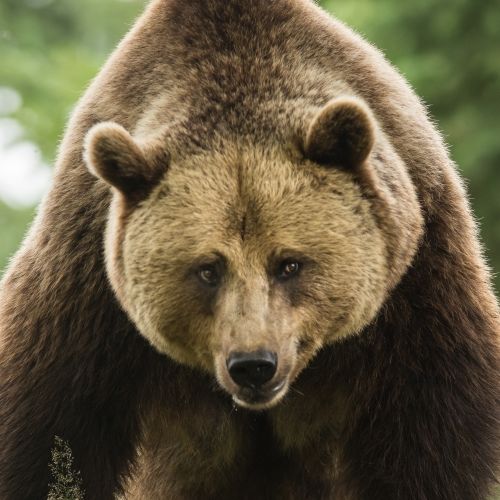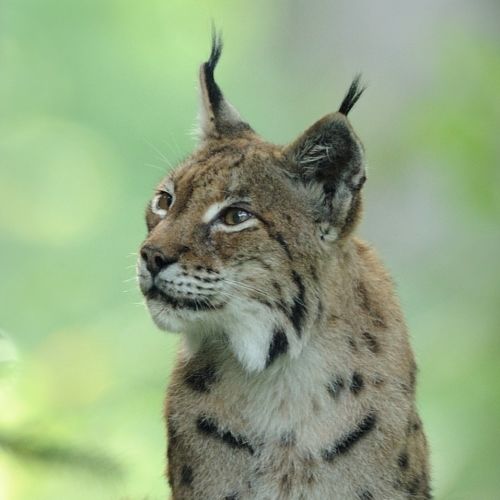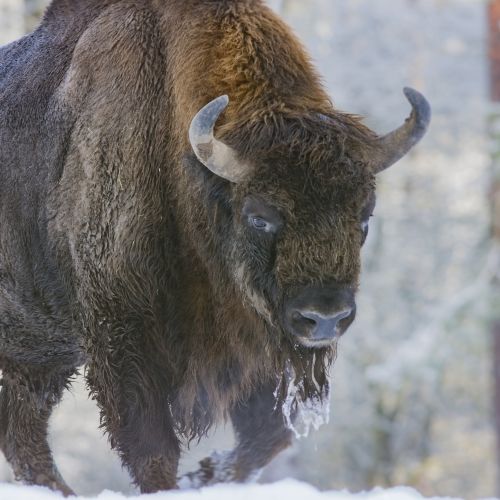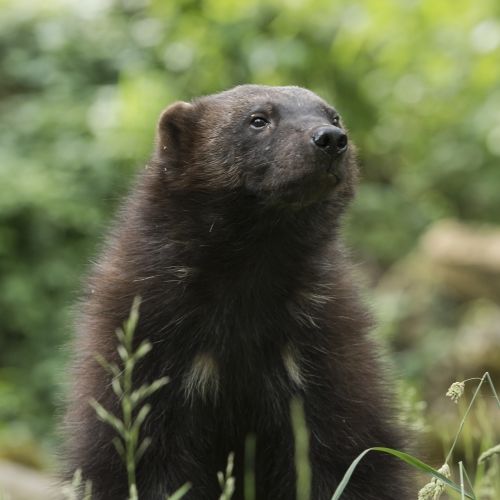The roe deer
The mist slowly forsakes the woodlands. Playful birds are happily taking their morning bath in puddles gifted by the morning dew. Their cheerful chirping tickles and wakes the ferns and tender primroses from their morning slumber. An elegant silhouette suddenly ruffles this lively spring tableau with its delicate tread. It gaily roams the verdant woodlands and stops here and there to taste to young green leaves. Then, it continues on its way, gracefully leaping over a gnarly root with whimsical swirls.
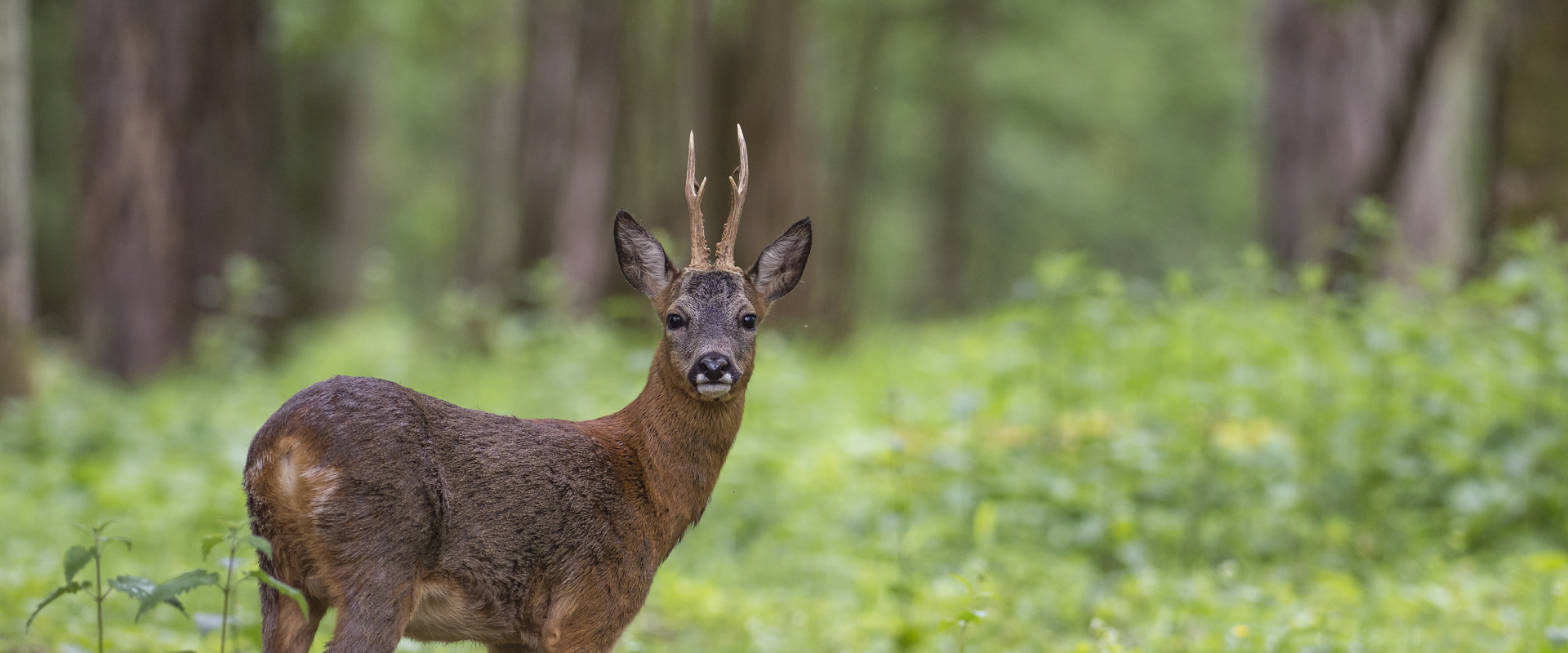
An Olympic-grade jumper
The roe deer is one of the
smallest European cervids. The male of the species is referred to as the
roebuck, and only he has antlers, which are also called trophies. The antlers
start growing as soon as the buck is one year old and measure up to 25 cm. Each
year, in October/November, they shed their antlers which immediately start
regrowing: after a week the new headdress starts to form.
The roe deer is a shy yet curious animal and has coexisted with mankind for millennia. Since the dawn of time, man has hunted this species for its tender and delicate meat. The roe deer either lives alone or in small herds made up of the doe (the female) and her fawn or fawns born during the past year. It is a sedentary animal that seldom strays from its territory, only travelling 3 to 4 km per day.
The roe deer has incredible physcial capabilities; it's a strong swimmer and can cross small or large rivers or canals. It is also an incredible agile animal that can make jumps of up to 6 m in length while running, from a fast running pace it can jump up to 6 m far and when standing still it can clear 2 m-high obstacles!
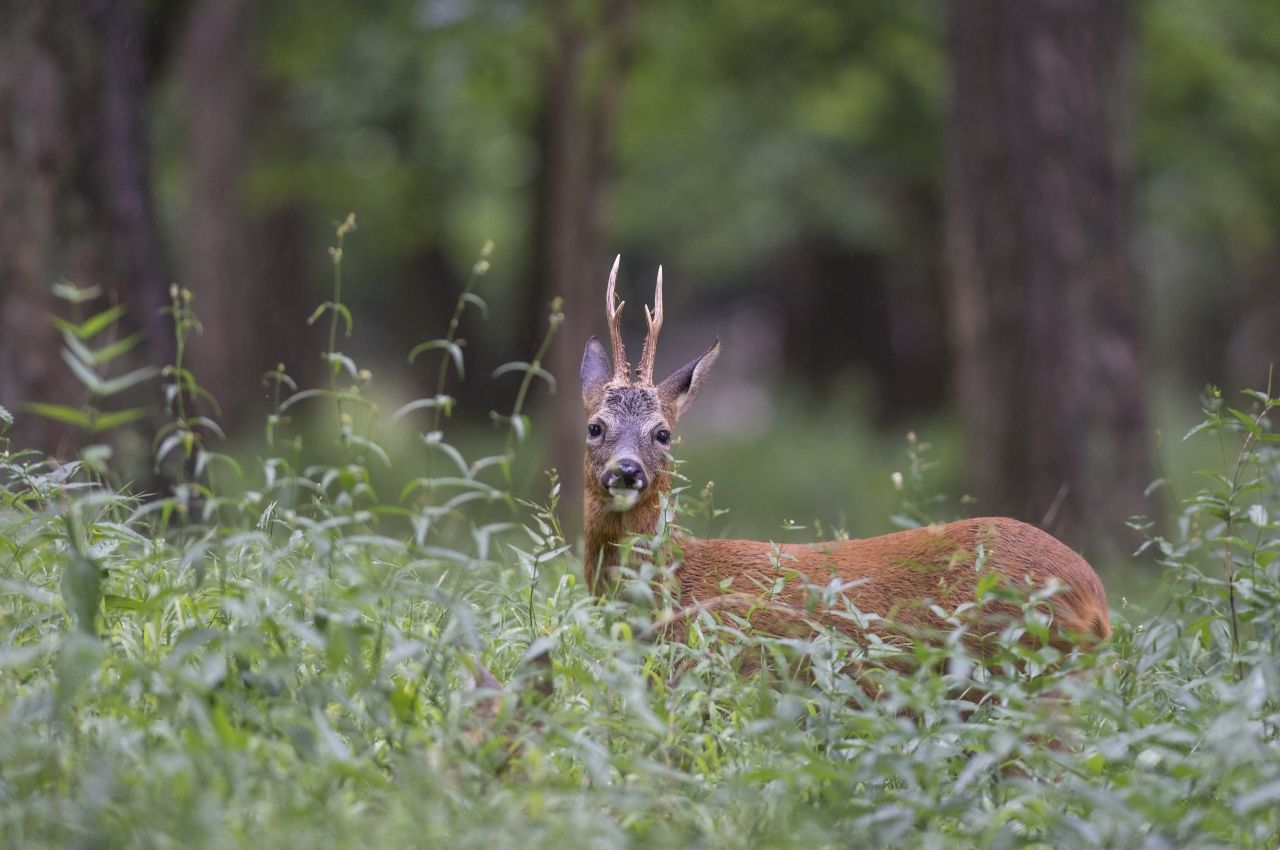
Reproduction
The doe has a delayed implantation, which means that the eggs are fertilised in early August, but then remain in the uterus until late December before actual foetal development starts. The fawns are born in May and when they are born they have spotted fur that they use as camouflage and have no body odour, which prevents them from attracting predators. The young fawn are extremely vulnerable and cannot stand on their legs and remain hidden in the long grass while their mother forages for food.
Did you know that?
The roe deer has a highly developed sense of smell. And thanks to its large ears it can detect sounds from a long distance. It does however have rather poor eyesight, that relies a lot on movement.
When alarmed it will bark a sound much like a dog.
The roe deer is a very fussy eater and needs a varied and rich diet: buds, branches, leaves, fruit, ivy, brambles…
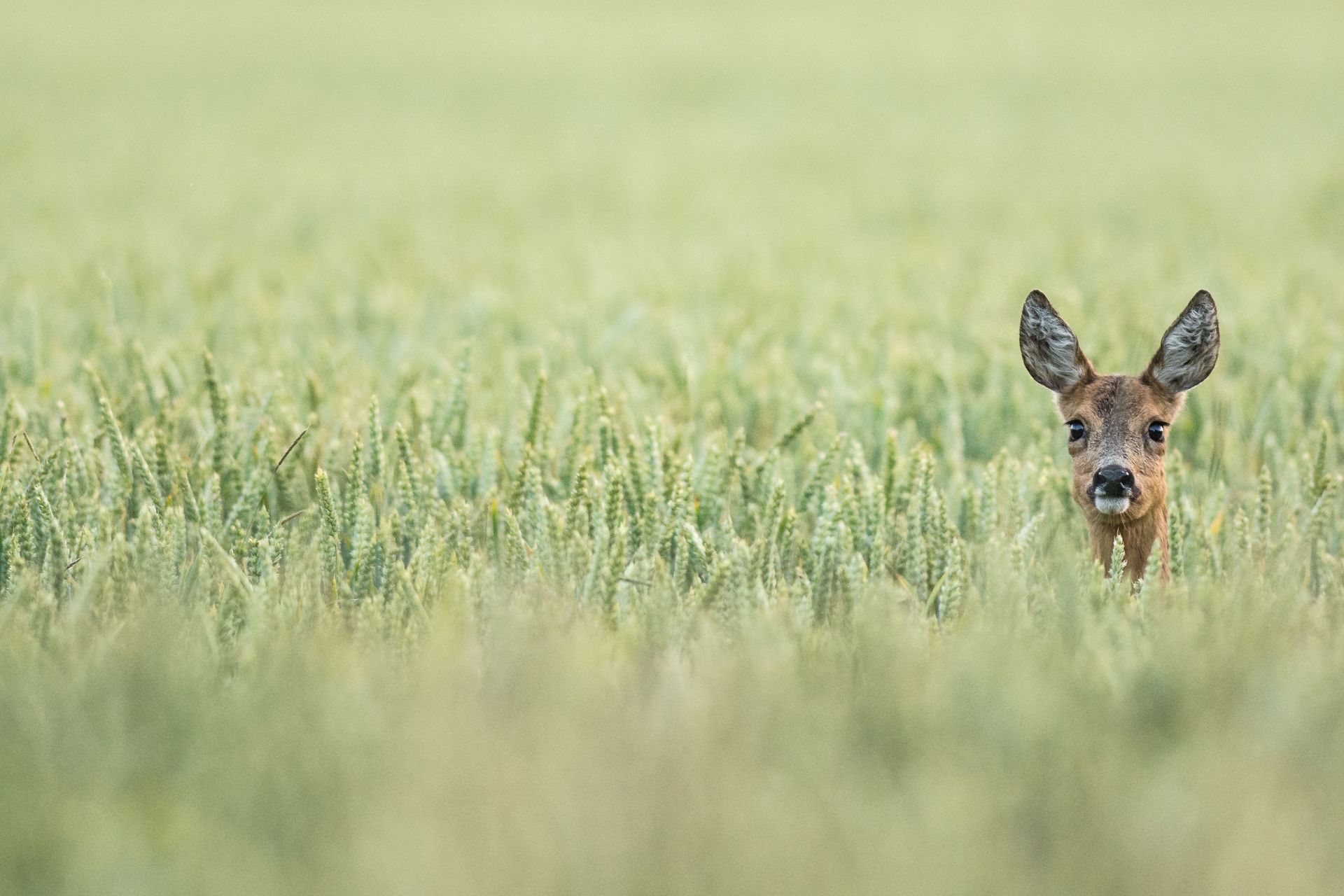
Discover the European Big 5
The bison, the wolverine, the wolf, the lynx and the brown bear
